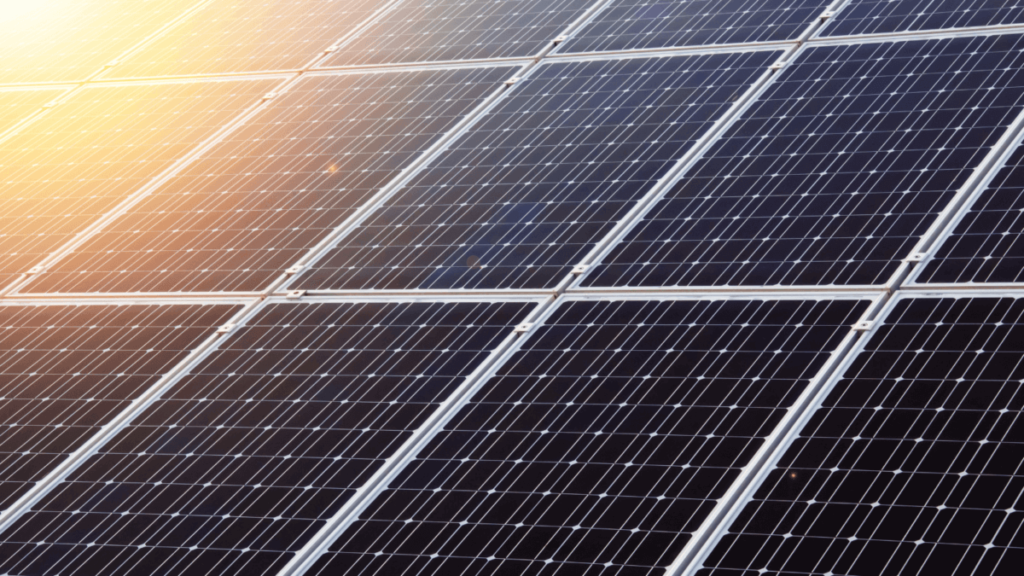
What is Reactive Power?
 Author: Frank Swigonski, Director, Market Design
Author: Frank Swigonski, Director, Market Design
Reactive power is a byproduct of our alternating current (AC) electric system. In an AC system, electrons switch directions flowing back and forth along transmission lines. In a perfect AC system, the electrons’ speed (current) and pressure (voltage) stay the same relative to each other as they switch directions and remain in a uniform, alternating wave across the transmission lines. Resistive loads like light bulbs draw power in a way that doesn’t have a big impact on the relative speed and pressure of the electrons. However, inductive loads like the motor in your washing machine push or pull on the electrons when they draw power causing the electrons to slow down or speed up without corresponding changes to the electrons’ voltage. This causes the current to lead or lag behind voltage and fall “out of phase.” If left unchecked, this can eventually cause equipment damage and voltage collapse, a phenomenon that happened in 2003 in the northeast US and caused a blackout from voltage collapse left 50 million people without power and cost over ten billion dollars.
Generators and certain pieces of transmission equipment can supply reactive power (either leading or lagging) that compensates for leading or lagging current and returns current and voltage to the same “phase.” Many types of generation, especially thermal generation that relies on spinning magnets powered by steam, supply reactive power as a function of providing real power. Spinning magnets have inertia and can be configured to automatically absorb grid fluctuations whenever a generator is online and producing power. Other types of generation, such as wind and solar, naturally produce DC power and use devices called inverters to convert DC to AC for injection onto the grid. These inverters can be configured to supply reactive power even when the generator is not online. Using so called “Q at Night” or “Wind Free” capability, some inverters for solar and wind can use small amounts of real power from the grid to provide reactive power 24 hours a day even when wind is not blowing, or the sun is not shining. Certain pieces of transmission equipment can also provide reactive power.
Unlike real power, which can be transmitted across hundreds or even thousands of miles, reactive power dissipates quickly and does not travel well. For this reason, grid operators need sources of reactive power that are relatively close to load to maintain voltage effectively.
